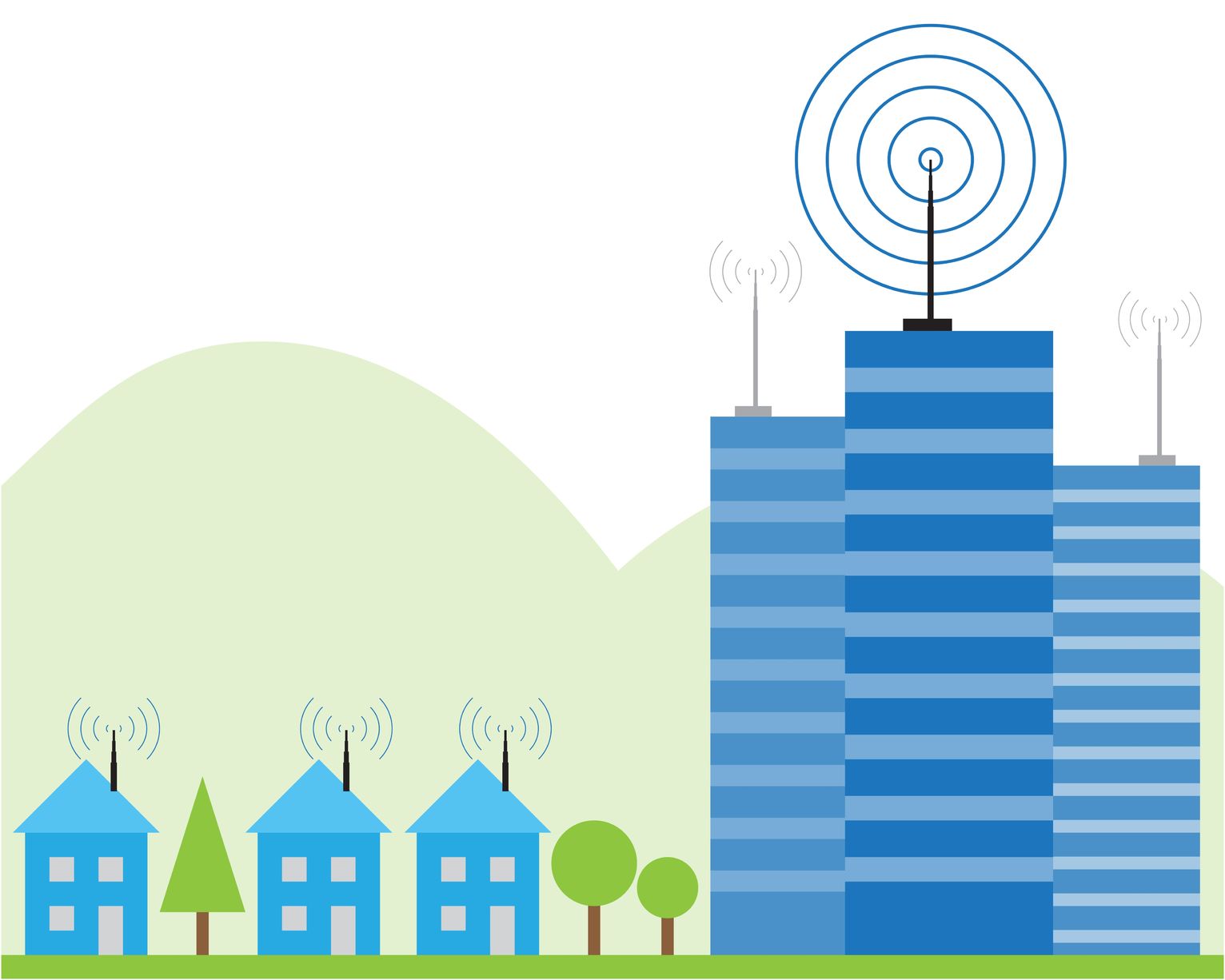With all the time you spend online, wouldn’t it be nice if you could communicate more in ways that don’t leave you feeling that you sold out, stooping to the lowest common denominator? I’m talking to you – high-context communicator. How can you feel more authentic, real, in your virtual communications?
The high-context virtual communications challenge
Online, high-context communications, in which simple messages hold deep meaning, can easily give way to more direct forms of communications that are more explicit and non-personal. In many ways, the virtual world is a low-context one; say hello to Facebook, Twitter, YouTube, etc.
If you lean to high-context forms of communication, working virtually can be a challenge. In order to get your message across, you adopt a more direct, impersonal communications approach. All of a sudden, you feel out of your element, semi-authentic, a partial you.
How can you move the needle back; to more high-context forms of communication; to better get your message across, and to be more authentic?
The idea: Making electronic waves
First I digress. Stay with me, please.
Borrowing from the world of radio and television; imagine waves of electronic signals, from sender to receiver; carrying image, sound, text, etc. The shaping of the waves is called ‘modulating’ the waves. Two ways to shape, modulate, the waves are:
- Amplitude Modulation. AM for short. Amplitude is a fancy word for strength. In modulating the waves, we have changed their strength.
- Frequency Modulation. FM for short. In frequency modulation, we vary the number of waves we make.
These carrier waves, AM or FM, embed the message; the medium and the message.
AM-FM: A formula for high-context virtual communications
AM-FM is our clue. Our associative mind does the rest.
We want to add context to our virtual communications. This will move the communications needle from low-context to high-context. Two ways to do this are:
- Amplify your Message. Add clarity to it, as you would tune in a station on the radio. By focusing your message, you make it stronger.
- Frequent your Message. Signal more. As many high-context cues are lost in virtual communications, you can make up lost ground through message frequency. Frequent, consistent messages also help the message come across clearer. Bonus: Frequent messaging also helps offset feedback delays, inherent in many virtual communication channels.
Amplify messages. Frequent messages. AM-FM. A simple formula for better virtual communications.
Go ahead. Make some waves.
[Image source: 123rf.com]


Speak Your Mind